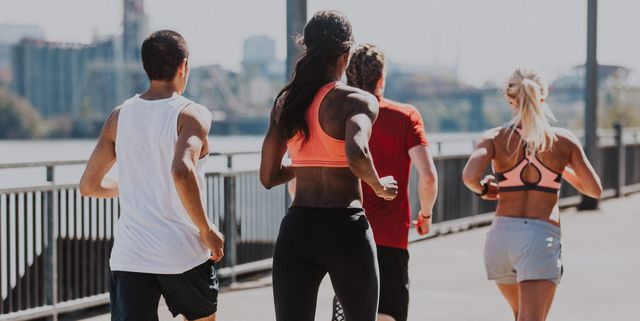1. Warm Up Thoroughly with Dynamic Stretching
A proper warm-up increases muscle temperature and flexibility, helping prevent strains. Aim for at least 10–15 minutes of:
Light jogging or jumping jacks
Dynamic leg movements (walking lunges, high knees, butt kicks, leg swings)
Save static stretching for after training to cool down and relax the muscles.
2. Strengthen Lower Body & Core Muscles
Strong and stable leg and core muscles help absorb impact and maintain joint control.
Key exercises include:
Squats
Lunges
Box jumps / plyometrics
Core work (planks, dead bugs, glute bridges)
3. Train Proper Jumping & Landing Mechanics
Incorrect landings can lead to both joint and muscle injuries. Focus on:
Landing softly with both feet
Keeping knees aligned with toes
Avoiding knee valgus (inward collapse) or stiff-legged impact
Tip: Record and review your landing form with a coach or trainer if possible.
4. Avoid Overtraining & Monitor Fatigue
Muscle fatigue increases the risk of injury. Be sure to:
Schedule rest days
Gradually build intensity and volume
Listen to your body — soreness is normal, sharp or persistent pain is not
5. Wear Proper Gear
Use volleyball shoes with good cushioning and grip.
For players recovering from injury or in early training, supportive gear such as compression sleeves, kinesiology tape, or knee braces may help.
6. Stretch & Recover After Training
Don’t skip cool-down! Post-practice recovery helps prevent tightness and strain:
Stretch quads, hamstrings, calves thoroughly
Use foam rollers, massage tools, or cold/hot packs
Consider active recovery like light walking or mobility exercises
Summary
Phase Focus
Pre-Game Dynamic warm-up & muscle activation
On Court Proper jump & land technique
Off Court Strength training & mobility
Recovery Stretching, rest, hydration
Overall Know your limits & listen to your body
Stay strong, stay smart, and train safely. Injury prevention is part of peak performance.




